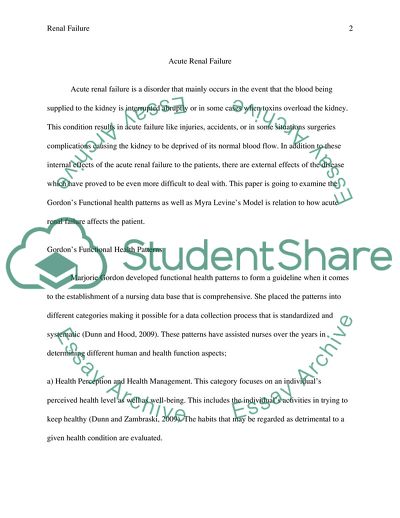Cite this document
(Acute Renal Failure: Gordons Functional Health Patterns Report Example | Topics and Well Written Essays - 1500 words - 1, n.d.)
Acute Renal Failure: Gordons Functional Health Patterns Report Example | Topics and Well Written Essays - 1500 words - 1. https://studentshare.org/health-sciences-medicine/1786795-acute-renal-failure
Acute Renal Failure: Gordons Functional Health Patterns Report Example | Topics and Well Written Essays - 1500 words - 1. https://studentshare.org/health-sciences-medicine/1786795-acute-renal-failure
(Acute Renal Failure: Gordons Functional Health Patterns Report Example | Topics and Well Written Essays - 1500 Words - 1)
Acute Renal Failure: Gordons Functional Health Patterns Report Example | Topics and Well Written Essays - 1500 Words - 1. https://studentshare.org/health-sciences-medicine/1786795-acute-renal-failure.
Acute Renal Failure: Gordons Functional Health Patterns Report Example | Topics and Well Written Essays - 1500 Words - 1. https://studentshare.org/health-sciences-medicine/1786795-acute-renal-failure.
“Acute Renal Failure: Gordons Functional Health Patterns Report Example | Topics and Well Written Essays - 1500 Words - 1”. https://studentshare.org/health-sciences-medicine/1786795-acute-renal-failure.


